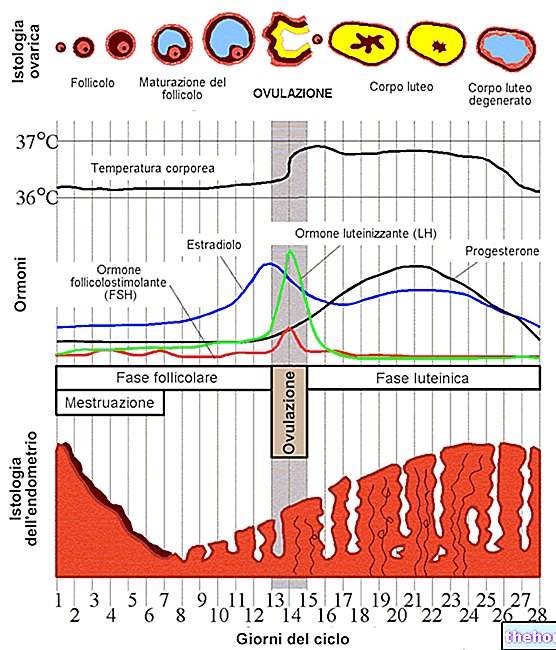The pH-metry is a diagnostic test used to monitor the pH of the lumen of the stomach and / or of the esophagus. The excessive acidity of the gastric contents is in fact implicated in the onset of numerous diseases, such as erosions and ulcerations of the stomach mucosa. An intraluminal environment with a particularly low pH also favors the appearance of esophageal lesions, especially in the presence of close non-physiological refluxes (abnormal ascent of the gastric contents into the esophagus).

The 24-hour esophageal pH-metry is the most sensitive and specific test, and represents the "gold-standard" for the diagnosis of pathological gastroesophageal reflux.
Thanks to the pH-metry it is possible to evaluate the degree and time of exposure of the esophagus to reflux, the interval used by the organ to cleanse itself of the acid, the relationship of the disorder and its symptoms with meals and the extent of the same. The pH-metry also allows you to establish the most appropriate treatment (pharmacological or surgical), and then periodically evaluate the effectiveness of the therapy undertaken.
pH-metry: how it is done
The most current version of the examination provides for prolonged monitoring, for 24 hours, of the endoluminal pH.The pH-metry is performed on an outpatient basis, on a collaborating patient who has been fasting for at least 12 hours; the presence of food in the stomach would in fact prevent the adequate evaluation of reflux and could cause vomiting. For the same reason, in the days preceding the examination it is necessary to stop taking all those drugs capable of affecting the results (sometimes even for 5-10 days); these include antacids, prokinecytes, alginates, anticholinergics, muscle relaxants, nitrates, calcium antagonists, proton pump inhibitors and H2 antagonists.
During the pH-metry, a rubber tube is inserted into the patient's nostril and made to go down to the end of the esophagus or into the lumen of the stomach; during the procedure the patient remains seated on a bed and is invited to repeatedly swallow small sips of "water in order to facilitate the descent of the probe. To evaluate the gastroesophageal reflux, this descent will be stopped at about 5 centimeters from the lower esophageal sphincter (intraesophageal pH-metry), while to investigate the state of health of the stomach it will be continued until the gastric lumen is reached (gastric pH-metry). The examination is basically not painful and at most causes annoying sensations when the tube passes through the throat; for this reason, before proceeding, a small amount of anesthetic spray (xylocaine) is sprayed into a patient's nostril.
Once the desired anatomical site has been reached, the length of the probe protruding from the nose is fixed with some plasters (see figure) and connected to a portable recorder. At the other end of the tube, thanks to the help of an electrode connected to this end, the pH values are detected and transmitted to the recorder on time. The next day all the equipment is removed without any pain or discomfort; the data recorded in the 24 hours are then analyzed on the computer and compared with the information noted by the patient (it is generally asked to record the start and end times in a special diary meal, postural changes, rest breaks and periods of onset of any symptoms). In some cases, two mini-electrodes are mounted on the tube to capture and record the pH fluctuations in two different locations (for example 5 cm above and 5 cm after the lower esophageal sphincter; in this way it is possible to evaluate not only acid refluxes, but also alkaline refluxes).
The examination is contraindicated in the presence of serious cardiovascular or respiratory diseases; all in all, however, it is a safe procedure, which only in a very small part of patients can cause complications related to allergies to the anesthetic (for this reason it is important to report to the staff any allergic episodes from contact with anesthetics). Once the equipment has been assembled, it is better not to drive and be accompanied home by an assistant; during normal daily activities it will be necessary to strictly follow the medical instructions, so as not to compromise the outcome of the pH-metry. Among the various provisions, for example, there may be that of eating normally, perhaps avoiding certain foods (very acidic or difficult to digest) without however upsetting daily habits.

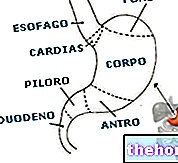




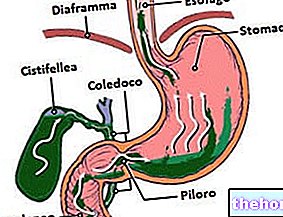

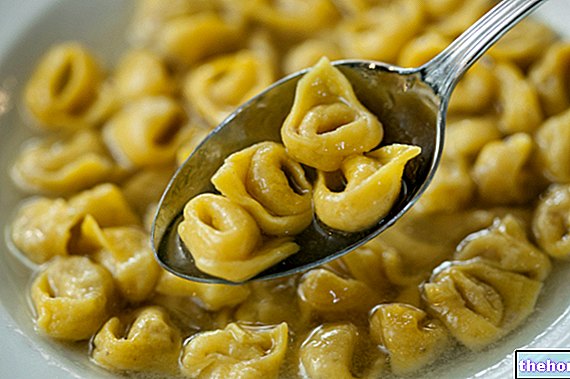
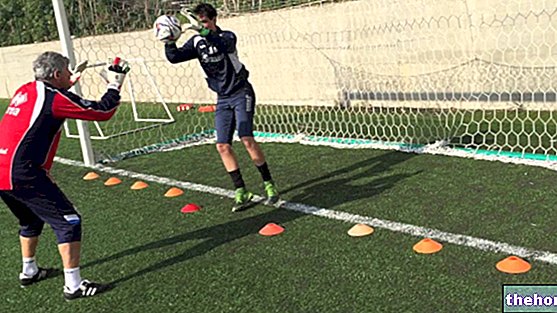







.jpg)



